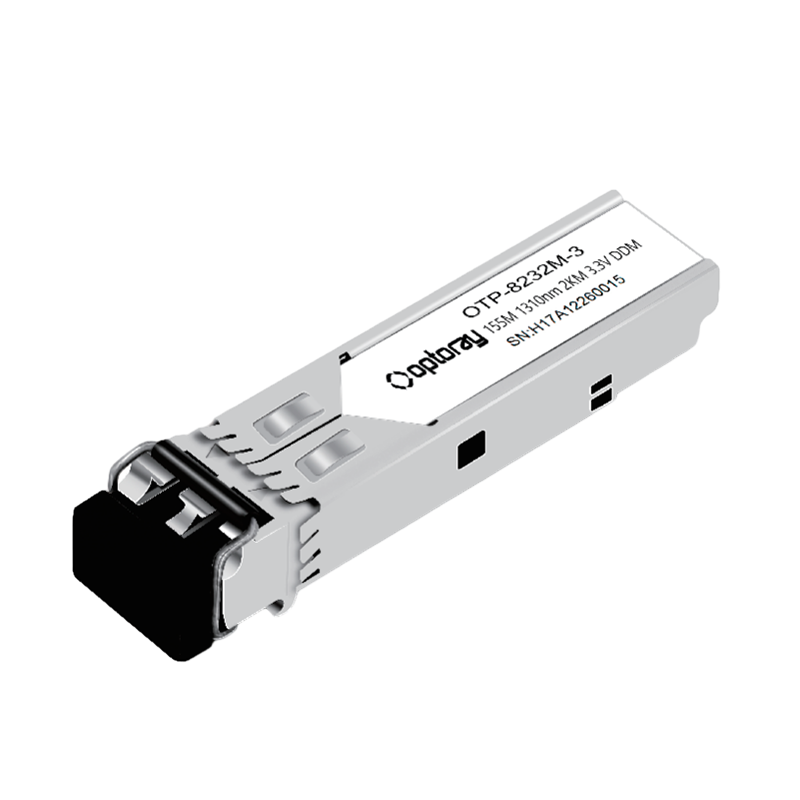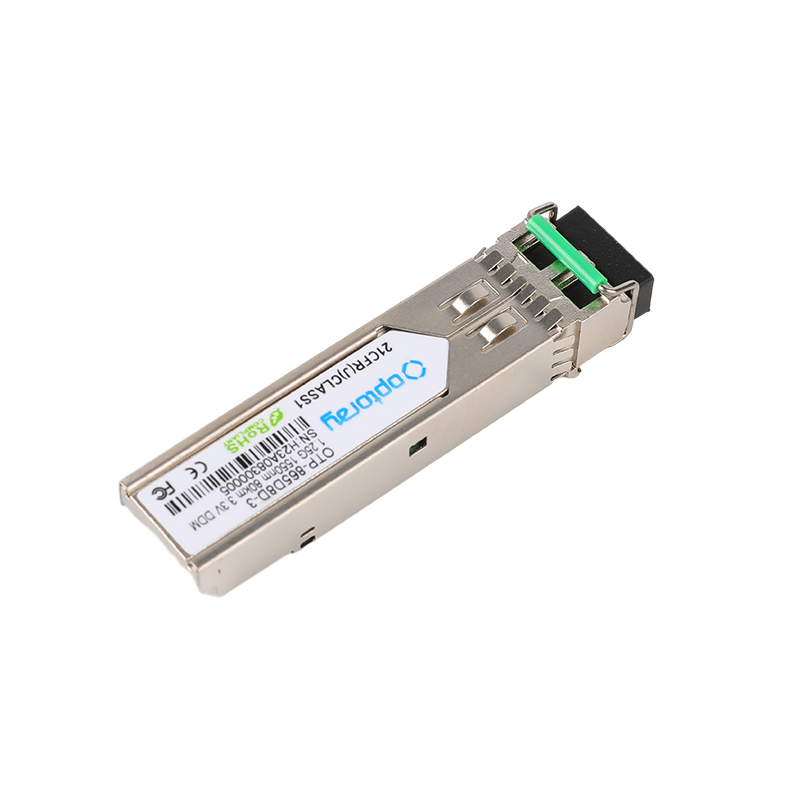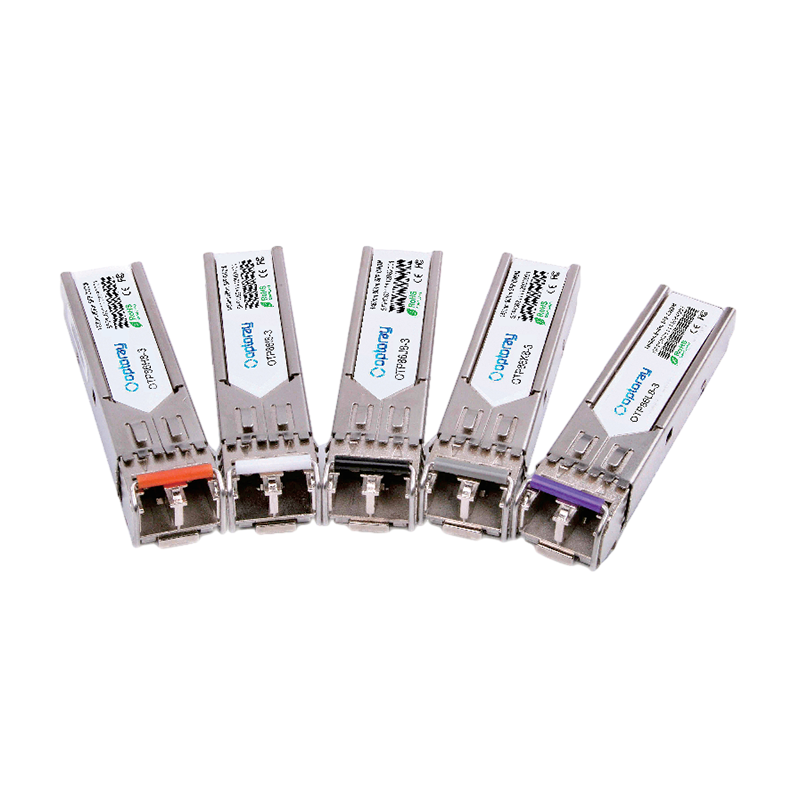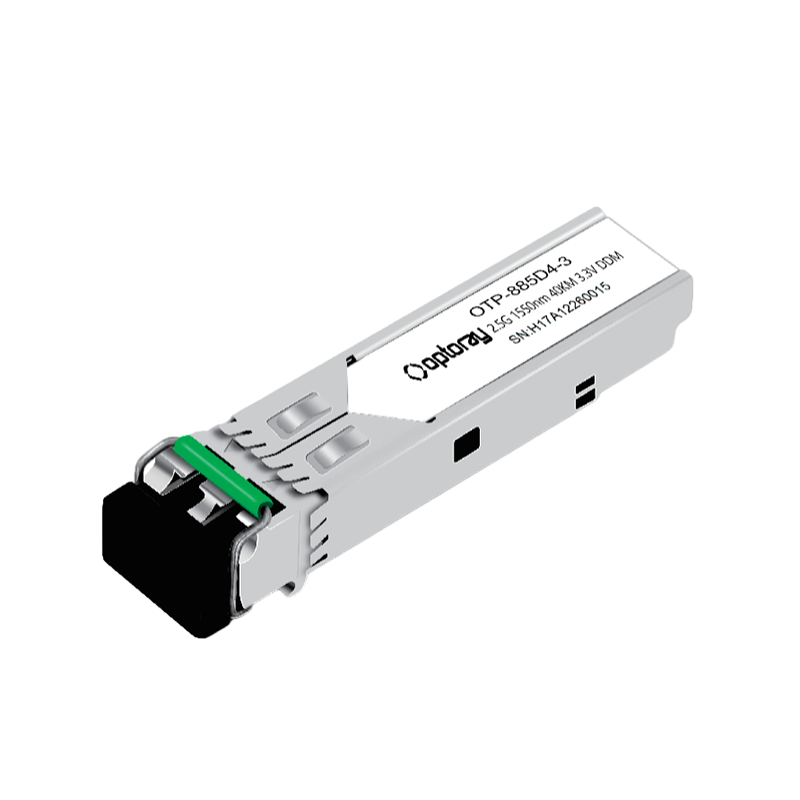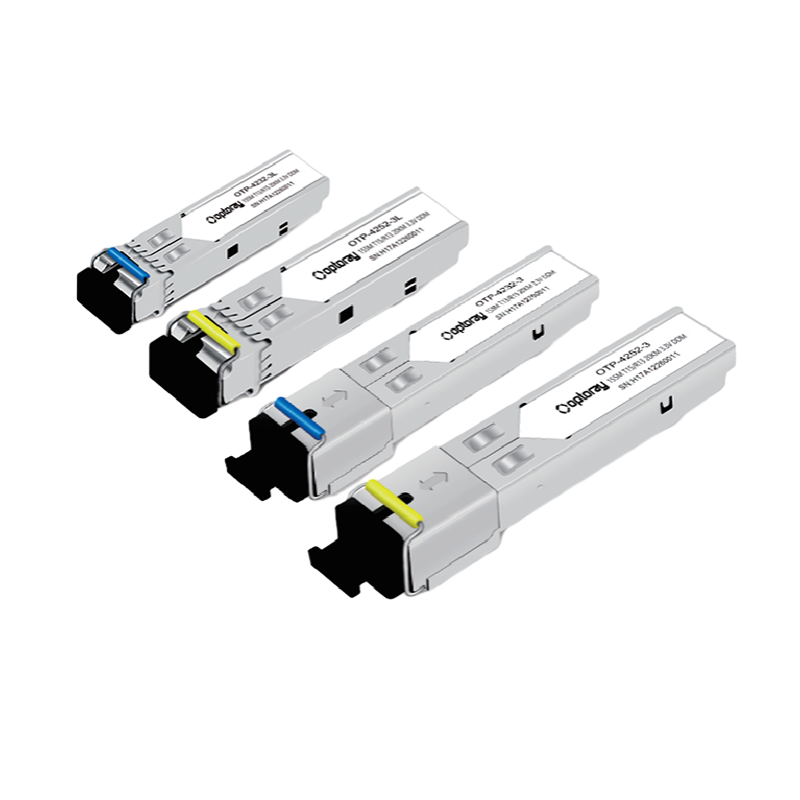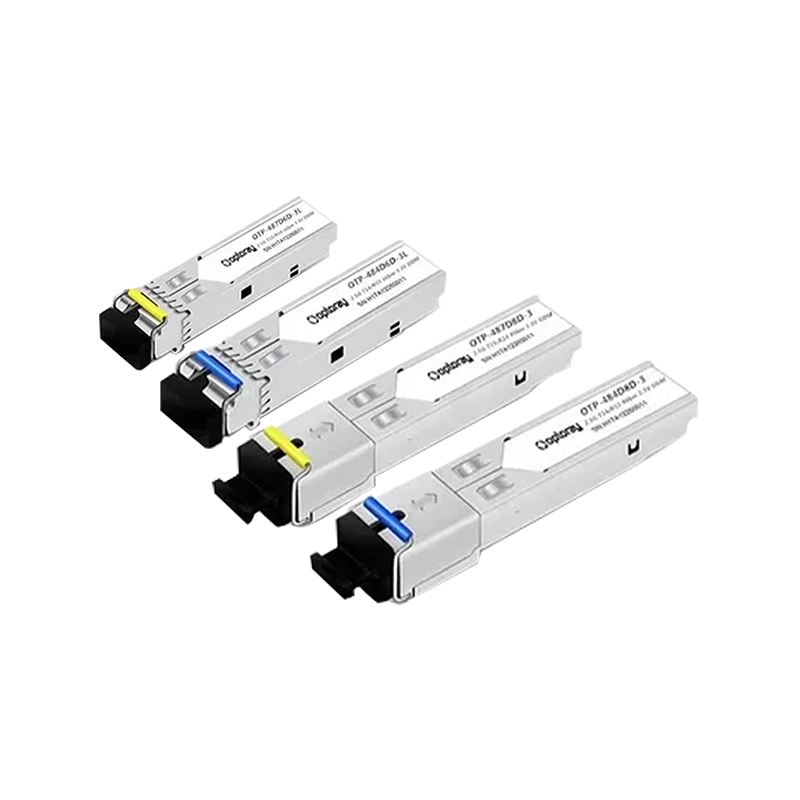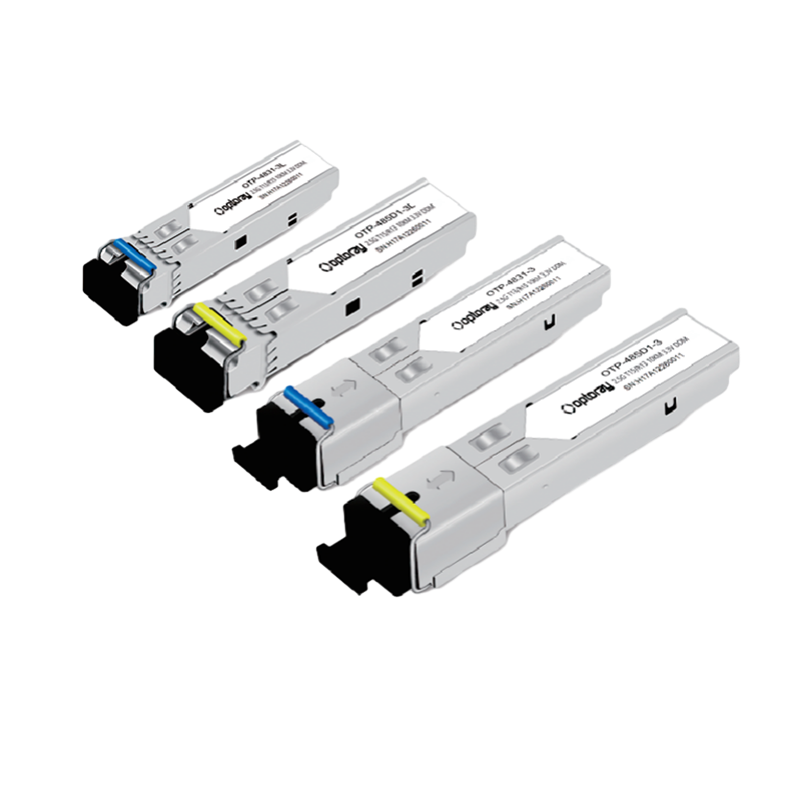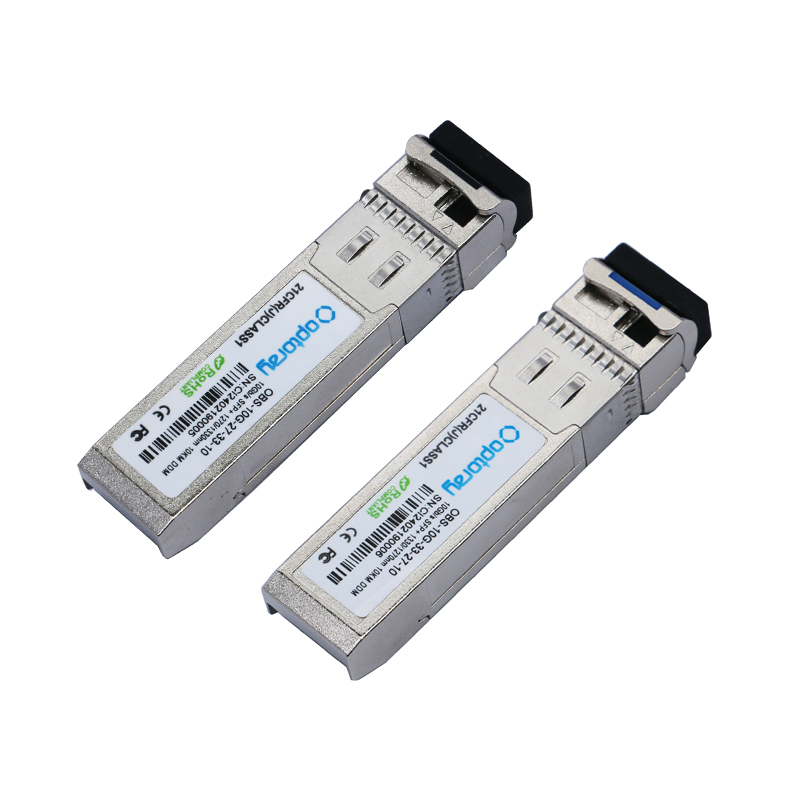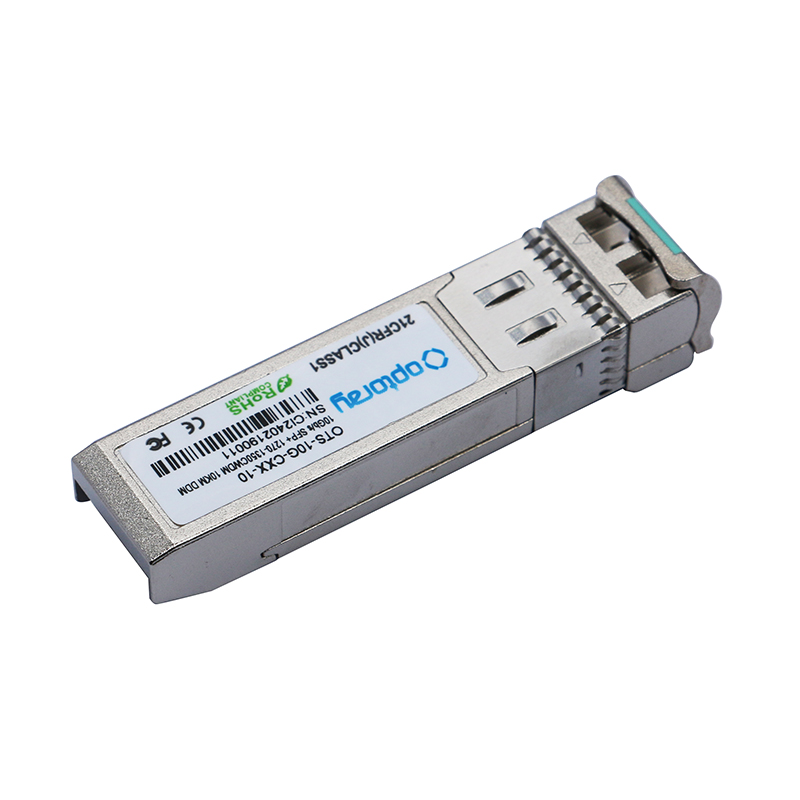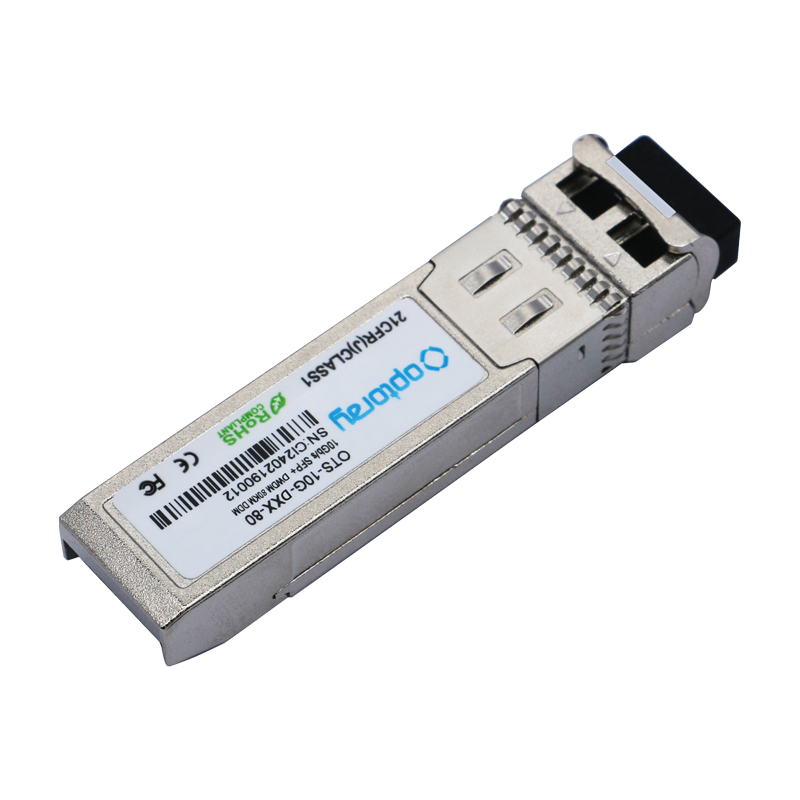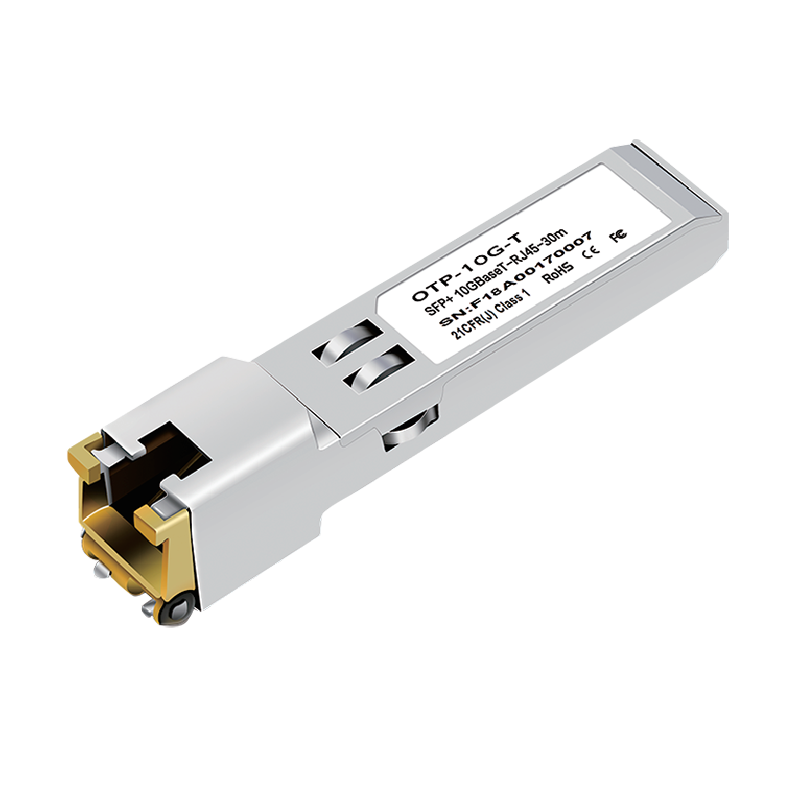+86-0559-5290604
High-Performance SFP Module Analysis: A Professional Solution for Network Deployment and Maintenance
SFP modules (Small Form-factor Pluggable Modules) have become an indispensable core component in modern communication network construction. They play a key role in enterprise network equipment, data center interconnection, and telecommunications network transmission. With the rapid development of optical communication technology, the demand for SFP modules in terms of transmission speed, reliability, and flexibility is also increasing.
Technical Principles and Structural Features of SFP Modules
SFP modules are hot-swappable fiber optic transmission interface modules designed based on the principles of miniaturization, interchangeability, and strong compatibility. SFP modules integrate a laser transmitter, optical receiver, driver circuit, and control chip to efficiently convert optical and electrical signals. The module's interface standards ensure compatibility with a wide range of network devices, including switches, routers, servers, and fiber optic transceivers, greatly enhancing network deployment flexibility.
In optical communications, SFP modules support a variety of transmission wavelengths and transmission rates, ranging from hundreds of Mbps to tens of Gigabits, meeting the bandwidth requirements of diverse network environments. The module also features internal Digital Diagnostic Monitoring (DDM), enabling real-time monitoring of key parameters such as transmit power, receive power, temperature, and voltage, thereby ensuring network stability.
The Core Role of SFP Modules in Network Construction
With the continued growth of data traffic and the widespread adoption of cloud computing, network equipment is increasingly demanding high-speed, stable data transmission. SFP modules, with their flexible optical-to-electrical conversion capabilities, enable seamless interconnection between diverse network devices, demonstrating exceptional performance advantages particularly over long-haul fiber transmission. Their hot-swappable nature allows for flexible module replacement during operation, reducing maintenance downtime and improving overall network availability.
In data centers, SFP modules are widely used for direct fiber connections between servers and switches, ensuring high-bandwidth and low-latency data transmission. In enterprise campus networks, SFP modules connect buildings across short-haul multimode fiber, providing stable network connectivity and excellent scalability. For carrier networks, SFP modules adapt to varying transmission distances and wavelengths, supporting efficient transmission over long-haul backbone networks.

SFP Module Classification and Application Scenarios
SFP modules can be categorized into various types based on transmission media, transmission rate, and transmission distance. Common types include multimode fiber SFP modules, single-mode fiber SFP modules, and copper cable SFP modules. Multimode fiber SFP modules are suitable for short-distance transmission and are widely used in data centers and local area network interconnections. Single-mode fiber SFP modules are suitable for long-distance transmission and are commonly used in telecommunications networks and enterprise campus interconnections. Copper cable SFP modules are suitable for 100M or 100M Ethernet connections, providing a cost-effective network expansion solution.
With the continuous advancement of network technology, SFP modules have also seen the emergence of enhanced SFP (SFP+) and high-speed expansion products (such as 25G and 100G QSFP modules) to meet network demands for higher bandwidth and lower latency. These modules are playing an increasingly important role in data centers, cloud computing, and 5G network deployments.
Key Factors in Selecting and Deploying SFP Modules
In practical applications, SFP module selection requires consideration of factors such as transmission rate, transmission distance, compatibility, and power consumption. High-quality SFP modules not only ensure stable signal transmission but also extend equipment lifespan. For enterprises and carriers, module brand, manufacturing process, and testing and certification are also important selection criteria. Furthermore, a sound deployment strategy can optimize network topology, reduce signal loss, and improve overall network performance.

When installing SFP modules in network equipment, it's important to pay attention to interface standard matching and wavelength selection. Through scientific planning and proper configuration, SFP modules can maximize their optical-to-electrical conversion advantages, ensuring efficient and reliable network transmission.
As a vital component of modern network transmission, SFP modules, with their high performance, flexibility, and reliability, play a key role in data centers, enterprise networks, and carrier backbone networks. From technical principles to application scenarios and future development trends, the professional value and market potential of SFP modules cannot be ignored. With the continuous growth of network demands and the continuous innovation of optical communication technology, SFP modules will play an even more important role in building high-speed, stable, and intelligent networks.



 English
English русский
русский


